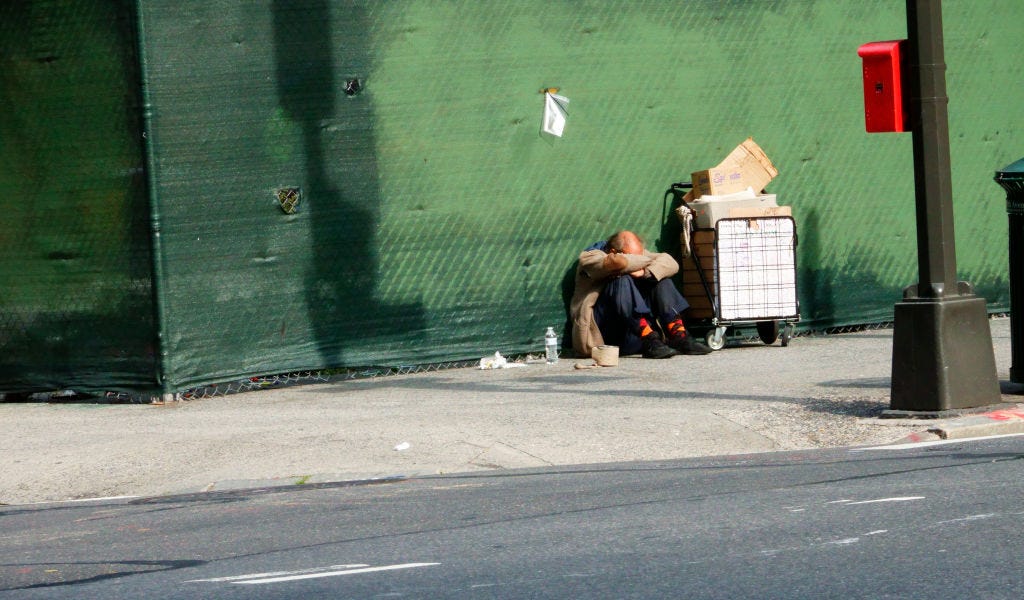What should be done about the homeless and severely mentally ill people on our streets? The Department of Housing and Urban Development found that almost one in five homeless individuals suffers from psychotic conditions, such as schizophrenia or bipolar disorder. They are often, quite literally, dying in plain sight.
That question became even more urgent on Monday when President Donald Trump announced that he is putting the Washington, D.C., police under federal control and deploying the National Guard, which will be tasked with clearing homeless encampments. “We’re going to be removing homeless encampments from all over our parks, our beautiful, beautiful parks, which now a lot of people can’t walk on,” he said. “They’ll not be allowed to turn our capital into a wasteland for the world to see.”
Last month, Trump signed a new executive order that seeks to change the status quo for homeless and severely mentally ill people in a more radical way: The White House wants to make it easier to impose psychiatric care on homeless people who suffer from severe mental illness. The July 24 order, titled Ending Crime and Disorder on America’s Streets, says that “shifting homeless individuals into long-term institutional settings for humane treatment through the appropriate use of civil commitment will restore public order.” (The order also includes housing, treatment, and public health policies regarding people addicted to drugs, but I will focus here on mental illness.)
If the order is implemented—which will require cooperation from the courts, state and local governments, and others—it could spark an unprecedented mobilization of resources to bring desperately needed help to millions of the most vulnerable Americans.
